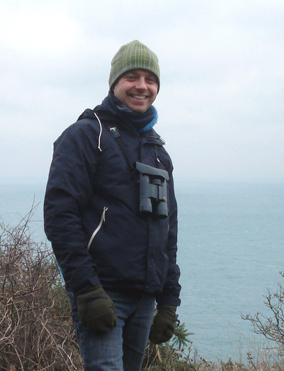Publications
Henningsson, P. and Bomphrey, R.J. 2011 Time-varying span efficiency through the wingbeat of desert locusts J. R. Soc. Interface.
Henningsson, P. & Hedenström, A. 2011 Aerodynamics of gliding flight in common swift. J. Exp. Biol, 214, 382-393.
Henningsson, P., Muijres, F. T. & Hedenström, A. 2010 Time-resolved vortex wake of common swift flying over a range of flight speeds. J. R. Soc. Interface, 8, 807-816.
Bowlin, M. S*., Henningsson, P.*, Muijres, F. T.*, Vleugels, R. H. E., Liechti, F. & Hedenström, A. 2010 The effects of geolocator drag and weight on the flight ranges of small migrants. Methods in Ecology & Evolution, 1, 398-402. (* Joint first authors)
Karlsson, H., Henningsson, P., Bäckman, J., Hedenström, A. & Alerstam, T. 2010 Compensation for wind drift by migrating swifts. Animal Behaviour, 80, 399-404.
Henningsson, P., Johanssson, L. C. & Hedenström, A. 2010 How swift are swifts Apus apus? J. Avian Biol., 41, 94-98.
Henningsson, P., Karlsson, H., Bäckman, J., Alerstam, T. & Hedenström, A. 2009 Flight speeds of swifts (Apus apus) : seasonal differences smaller than expected. Proc. R. Soc. B 276, 2395-2401.
Henningsson, P., Spedding, G. R. & Hedenström, A. 2008 Vortex wake and flight kinematics of a swift in cruising flight in a wind tunnel. J. Exp. Biol. 211, 717-730.
Lentink, D., Müller, U.K., Stamhuis, E.J., Kat, R., Gestel, W. Van, Veldhuis, L. L. M., Henningsson, P., Hedenström, A., Videler, J.J. & Leeuwen, J.L van. 2007 How swifts control their glide performance with morphing wings. Nature 446, 1082-1085.

